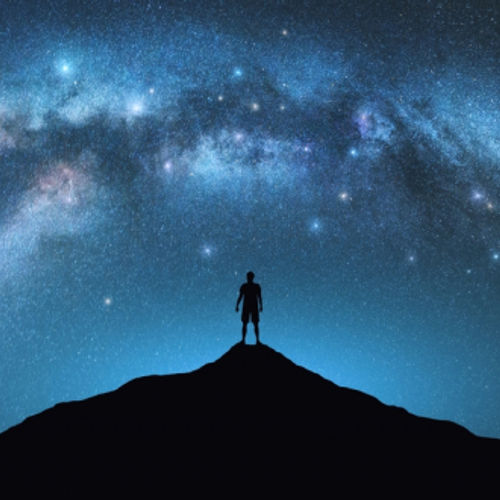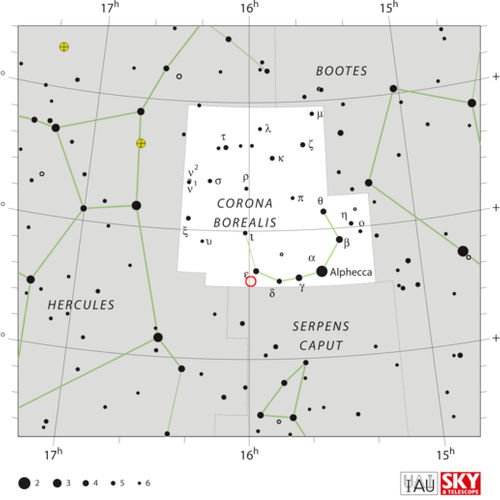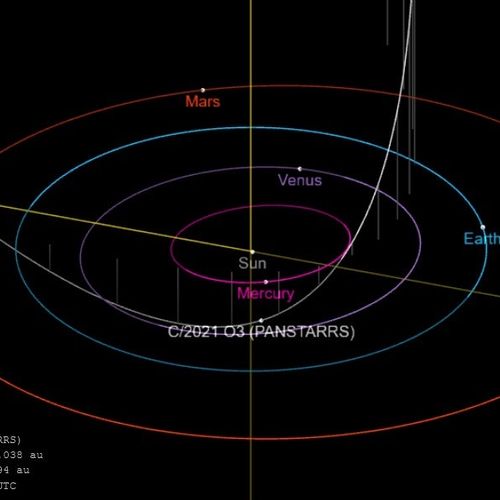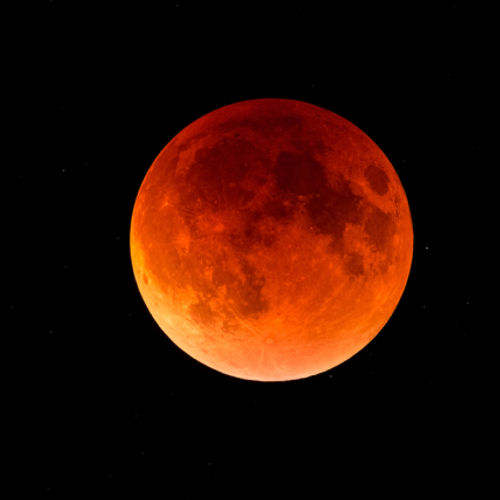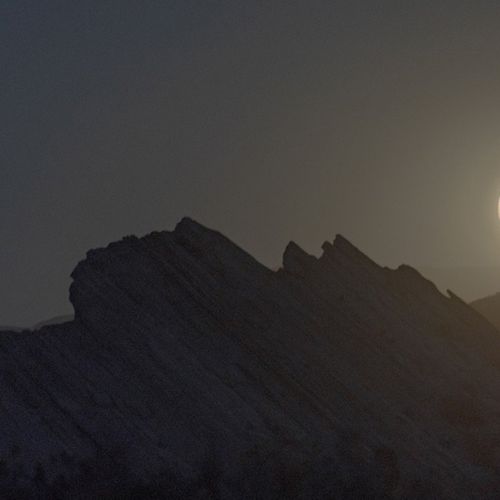
| Added | Fri, 17/12/2021 |
| Источники | |
| Дата публикации | Fri, 17/12/2021
|
| Версии |
On Saturday night (December 18), the longest full moon of the year will come - the December cold Moon, which will be the last full moon before the winter solstice in the Northern Hemisphere.
To catch the cold Moon at the moment of its full moon, look up at 11:36 pm Eastern time (0432 UTC on December 19). If you miss this moment, you will still have a chance to see the moon show: although the Moon will not officially be full until Saturday, it will be full for three days, from Friday evening (December 17) to Monday morning (December 20), which, according to NASA, makes this weekend a "full moon".
Just a day later, on Tuesday (December 21), at exactly 10:59 a.m. eastern time (1559 UTC), the winter solstice will come, when the North Pole will be at the farthest distance from the Sun - 23.5 degrees.
At this time, residents of the Northern Hemisphere will be able to say goodbye to autumn and say hello to winter, which will last until the vernal equinox on March 20, 2022.
The winter solstice is the shortest period of sunlight of all days in the year. In Washington, where NASA headquarters is located, it's only 9 hours, 26 minutes and 12.9 seconds of sunlight from sunrise to sunset.
Sunny noon - the highest point that the Sun reaches in the sky on this day - in Washington will be 27.7 degrees, which is the lowest this year. It should be noted that sunny noon usually does not occur at real noon, or 12 p.m. local time, according to the site timeanddate.com .
It is the winter solstice that makes the cold moon the longest full moon of the year, which is why it was named the moon of the long night, according to NASA. During a full moon, the Sun, Earth and Moon line up on an imaginary 180-degree line.
The Moon's orbit around the Earth is slightly different from the Earth's orbit around the Sun (the Moon's orbit deviates about 5 degrees from the plane of the Earth's orbit), so at the time of alignment it is usually slightly above or below the earth's shadow, which allows the sun's rays to illuminate the side of the Moon facing the Earth.
The winter solstice adds a twist to these events.
"When the path of the Sun is low in the sky during the winter solstice, the path of the full Moon, opposite to the Sun, is higher in the sky," NASA reported.
For example, in Washington, the cold Moon will be in the sky for 15 hours and 33 minutes, with 14 hours and 34 minutes of this time falling at sunset. It's a lot of time to catch the cold moon illuminating the dark sky.
The Cold Moon is so named for obvious reasons, since long cold nights come at this time of year. According to NASA, other names for the December moon are frosty moon and winter moon.
The old European names for the last full moon before the winter solstice include the oak moon and the moon before Yule, a three-day winter solstice holiday celebrated in pre-Christian Europe. (It wasn't until the 10th century that Norwegian King Haakon I connected Yule with Christmas when he began to introduce religion in the region, and this practice later spread throughout Europe, according to NASA).
The term "oak moon" may be associated with the Druids, an ancient people who lived in the territory of modern Britain and France. Druids are said to have collected mistletoe from oaks, according to a text by the Roman historian Pliny the Elder, written in the first century AD.
Mistletoe, an evergreen parasite plant that grows on other trees, can often be seen during the winter months when the host trees lose their leaves; its small, sticky whitish berries appear from October to December, according to the California University of Agriculture and Natural Resources.
If you are not a night owl, but still want to see the cold moon, watch out for Friday and Saturday - these are the earliest evenings this year when you can see a full or almost full moon in the sky. That is why some people call this Moon a baby Moon, since children who go to bed early can still catch this sight, according to NASA.
Новости со схожими версиями
Log in or register to post comments


